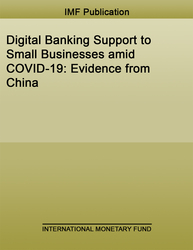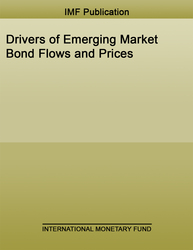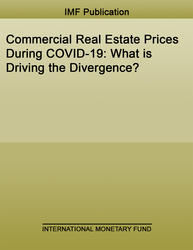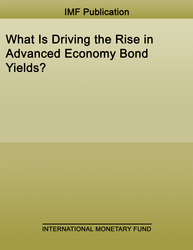
Bank to Sovereign Risk Transmission: New Evidence
This note examines the transmission of credit risk of banks to the sovereign using the collapse of the Silicon Valley Bank in March 2023—an event that reverberated globally across banking sectors—as an exogenous shock to identify the effect.
READ MORE...
Volume/Issue:
Volume 2025
Issue 003
Publication date: June 2025
ISBN: 9798229012195
$5.00
Add to Cart by clicking price of the language and format you'd like to purchase
Available Languages and Formats
| English |
Prices in red indicate formats that are not yet available but are forthcoming.
Topics covered in this book
This title contains information about the following subjects.
Click on a subject if you would like to see other titles with the same subjects.
Banks and Banking , Finance , Investments and Securities-General , Money and Monetary Policy , Public Finance , Economics / General , Credit risk , Sovereign , Macrofinancial stability , Global financial crisis , Regulatory reforms , Silicon Valley Bank , Government debt , SVB collapse , banks' CD , sovereign credit risk , credit risk in the US , sovereign-bank Nexus , Commercial banks , Bank credit , Credit default swap , Global
Summary
This note examines the transmission of credit risk of banks to the sovereign using the collapse of the Silicon Valley Bank in March 2023—an event that reverberated globally across banking sectors—as an exogenous shock to identify the effect. The findings suggest a strong transmission of credit risk from the banking sector to the sovereign in the United States, as well as in other major economies, in the face of adverse shocks to the banking sector. This impact is more pronounced in economies with higher public debt (relative to GDP), greater exposure of the banking sector to domestic sovereign debt, and less well-capitalized banking systems. These results suggest that investors view banking sector stress as particularly economically costly for such countries.
Copyright © 2010 - 2025
Powered by:
AIDC



